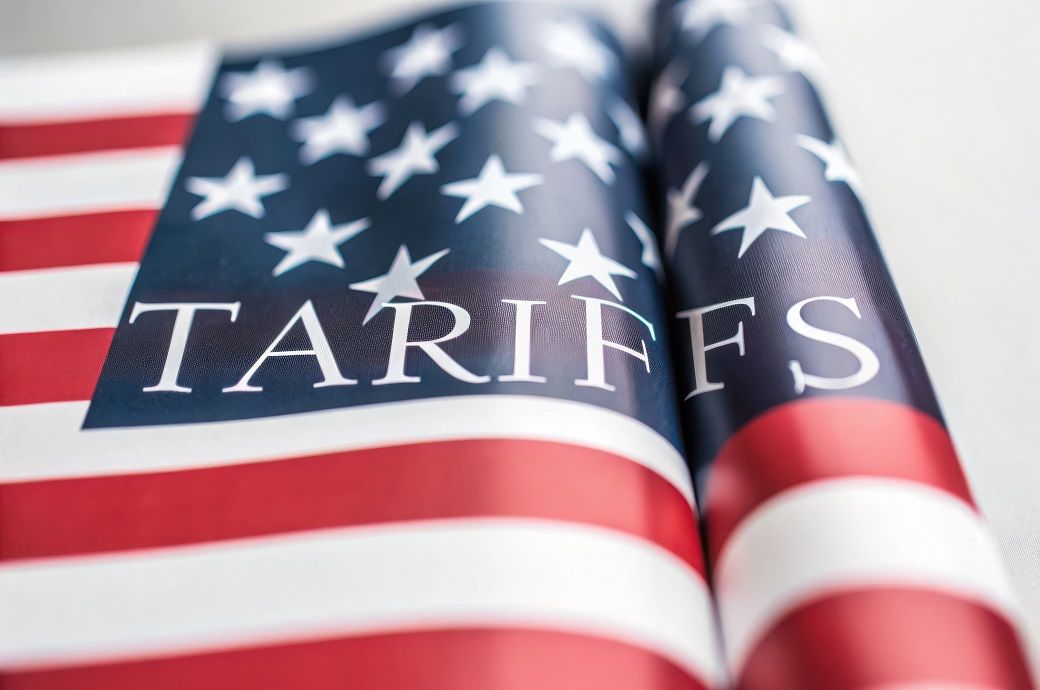
Shoes and apparel prices will likely stay 19 per cent and 17 per cent higher in the long-run respectively, it noted.
TBL is a non-partisan policy research centre that provides in-depth analysis of federal policy proposals for the American economy.
TBL estimated the effects all US tariffs and foreign retaliation implemented in 2025 till July 31, including the new list of ‘reciprocal’ tariffs to take effect August 7.
US consumers face an overall average effective tariff rate of 18.3 per cent, the highest since 1934. After consumption shifts, the average tariff rate will be 17.3 per cent, the highest since 1935.
The price level from all 2025 tariffs rises by 1.8 per cent in the short-run. This assumes the Federal Reserve (Fed) does not react to tariffs and so the real income adjustment comes primarily through prices rather than nominal incomes.
If the Fed reacts, the adjustment could in part come in the form of lower nominal incomes. Annual pre-substitution losses for households at the bottom of the income distribution are $1,300. The post-substitution price increase settles at 1.5 per cent, a $2,000 loss per household.
US real GDP growth over 2025 and 2026 will be 0.5 percentage point (pp) lower each year from all 2025 tariffs. In the long-run, the US economy will be persistently 0.4-per cent smaller.
The US unemployment rate will rise by 0.3 pp by the end of 2025 and 0.7 pp by the end of 2026, TBL projected. Payroll employment will reduce by 497,000 by the end of the year.
In the long-run, tariffs present a trade-off. US manufacturing output will expand by 2.1 per cent, but these gains are more than crowded out by other sectors: construction output is projected to contract by 3.5 per cent and agriculture will decline by 0.9 per cent.
All tariffs to date in 2025 raise $2.7 trillion over 2026-35, with $466 billion in negative dynamic revenue effects, bringing dynamic US revenues to $2.2 trillion.
ALCHEMPro News Desk (DS)
Receive daily prices and market insights straight to your inbox. Subscribe to AlchemPro Weekly!